Lignin-Derived Biomaterials for Drug Release and Tissue Engineering
Abstract
:1. Introduction
2. Lignin Availability and Structure
2.1. Lignin Availability
2.2. Lignin Structure
3. Lignin Antioxidant Capacity and Bioactivity
3.1. Lignin Antioxidant Capacity
3.2. Lignin Antimicrobial Activity
4. Lignin-Derived Biomaterials for Drug Encapsulation/Release and Tissue Engineering
4.1. Gels and Hydrogels for Drug Encapsulation and Release
4.2. Lignin-Based Scaffolds for Tissue Engineering
5. Conclusions and Perspectives
Author Contributions
Funding
Conflicts of Interest
References
- Dos Santos, V.; Brandalise, R.N.; Savaris, M. Engineering of Biomaterials, 1st ed.; Springer: New York, NY, USA, 2017; pp. 1–86. ISBN 978-3-319-58606-9. [Google Scholar] [CrossRef]
- Adamovic, D.; Ristic, B.; Zivic, F. Review of existing biomaterials—Method of material selection for specific applications in orthopedics. In Biomaterials in Clinical Practice; Zivic, F., Affatato, S., Trajanovic, M., Schnabelrauch, M., Grujovic, N., Choy, K., Eds.; Springer: Cham, Switzerland, 2018; ISBN 978-3-319-68025-5. [Google Scholar]
- Perale, G.; Hilborn, J. (Eds.) Bioresorbable Polymers for Biomedical Applications. From Fundamentals to Translational Medicine, 1st ed.; Elsevier: New York, NY, USA, 2016; ISBN 978-0-08-100262-9. [Google Scholar]
- Kamm, B.; Kamm, M.; Hirth, T.; Schulze, M. lignocelluloses based chemical products and product family trees. In Biorefineries-Industrial Processes and Products; Kamm, M., Kamm, B., Gruber, P.C., Eds.; Wiley-VCH: Weinheim, Germany, 2006; Volume 2, pp. 97–150. ISBN 3-527-31027-4. [Google Scholar]
- Kamm, B.; Kamm, M.; Schmidt, M.; Starke, I.; Kleinpeter, E. Chemical and biochemical generation of carbohydrates from lignocellulose-feedstock (Lupinus nootkatensis), quantification of glucose. Chemosphere 2006, 62, 97–105. [Google Scholar] [CrossRef] [PubMed]
- Dautzenberg, G.M.; Kamm, B. Biobased fuels and fuel additives from lignocellulose feedstock. In Biorefneries-Industrial Processes and Products, Status Quo and Future Directions; Kamm, M., Kamm, B., Gruber, P.C., Eds.; Wiley-VCH: Weinheim, Germany, 2011; Volume 1, pp. 139–164. ISBN 3-527-31027-4. [Google Scholar]
- Kamm, B.; Gruber, P.R.; Kamm, M. Biorefineries-Industrial Processes and Products. In Ullmann’s Encyclopedia of Industrial Chemistry; Wiley-VCH: Weinheim, Germany, 2016. [Google Scholar]
- Lignin Market Analysis by Product (Lignosulphonates, Kraft Lignin, Organosolv Lignin) by Application (Macromolecules, Aromatics), by Region (North America, Europe, APAC, Central & South America, MEA), and Segment Forecasts, 2014–2025; ID: 4240413 Report; Grand View Research: San Francisco, CA, USA, 2017; 110p.
- Lignin Market—Forecasts from 2018 to 2023; ID: 4479455; Knowledge Sourcing Intelligence LLP: Noida, India, 2018; 104p.
- Schutyser, W.; Renders, T.; Van den Bosch, S.; Koelewijn, S.F.; Beckham, G.T.; Sels, B.F. Chemicals from lignin: An interplay of lignocellulose fractionation, depolymerisation, and upgrading. Chem. Soc. Rev. 2018, 47, 852–908. [Google Scholar] [CrossRef] [PubMed]
- Vinardell, M.P.; Mitjans, M. Lignins and Their Derivatives with Beneficial Effects on Human Health. Int. J. Mol. Sci. 2017, 18, 1219. [Google Scholar] [CrossRef] [PubMed]
- Figueiredo, P.; Lintinen, K.; Hirvonen, J.T.; Kostiainen, M.A.; Santos, H.A. Properties and chemical modifications of lignin: Towards lignin-based nanomaterials for biomedical applications. Prog. Mater. Sci. 2018, 93, 233–269. [Google Scholar] [CrossRef]
- Schulze, M.; Tobiasch, E. Artificial scaffolds and mesenchymal stem cells for hard tissues. In Tissue Engineering III: Cell-Surface Interactions for Tissue Culture. Advances in Biochemical Engineering Biotechnology; Scheper, T., Kaspar, C., Pörtner, R., Witte, F., Eds.; Springer: Berlin/Heidelberg, Germany, 2012; Volume 126, pp. 153–194. ISBN 978-3-642-28281-2. [Google Scholar]
- Leiendecker, A.; Schulze, M.; Tobiasch, E.; Witzleben, S. Template-mediated Biomineralization for Bone Regeneration. Curr. Stem Cells Res. Ther. 2017, 12, 103–123. [Google Scholar] [CrossRef] [PubMed]
- Schipper, D.; Babczyk, P.; Elsayed, F.; Klein, S.E.; Schulze, M.; Tobiasch, E. The Effect of Nanostructured Surfaces on Stem Cell Fate. In Therapeutic Nanostructures; Ficai, D., Grumezescu, A.M., Eds.; Elsevier: New York, NY, USA, 2017; pp. 567–589. [Google Scholar]
- International Energy Agency. Renewables Information (2016 edition). IEA Bioenergy Task 42 Report. 2014. Available online: www.iea.org/statistics/topics/renewables/ (accessed on 21 June 2018).
- Hossen, M.; Rahman, S.; Kabir, A.S.; Hasan, M.M.F.; Ahmed, S. Systematic assessment of the availability and utilization potential of biomass in Bangladesh. Renew. Sustain. Energy Rev. 2017, 67, 94–105. [Google Scholar] [CrossRef]
- Ozturka, M.; Sabab, N.; Altayc, V.; Iqbald, R.; Hakeem, K.R.; Jawaidb, M.; Ibrahim, F.H. Biomass and bioenergy: An overview of the development potential in Turkey and Malaysia. Renew. Sustain. Energy Rev. 2017, 79, 1285–1302. [Google Scholar] [CrossRef]
- Hansen, B.; Kamm, B.; Schulze, M. Qualitative and quantitative analysis of lignin produced from beech wood by different conditions of the Organosolv process. J. Polym. Environ. 2016, 24, 85–97. [Google Scholar] [CrossRef]
- Hansen, B.; Kamm, B.; Schulze, M. Qualitative and quantitative analysis of lignins from different sources and isolation methods for an application as a biobased chemical resource and polymeric material. In Analytical Techniques and Methods for Biomass Products; Vaz, S., Jr., Seidl, P., Eds.; Springer: Berlin, Germany, 2017; pp. 15–44. ISBN 978-3-319-41414-0. [Google Scholar]
- Alzagameem, A.; El Khaldi-Hansen, B.; Kamm, B.; Schulze, M. Lignocellulosic biomass for energy, biofuels, biomaterials, and chemicals. In Biomass and Green Chemistry; Springer: Cham, Switzerland, 2018; pp. 95–132. ISBN 978-3-319-66736-2. [Google Scholar]
- Panoutsou, C.; Uslu, A.; van Stralen, J.; Elbersen, B.; Bottcher, H.; Fritsche, U.; Kretschmer, B. How much can biomass contribute to meet the demand for 2020 & which market segments are more promising? In Proceedings of the 20th EU Biomass Conference and Exhibition, Milano, Italy, 18–22 June 2012; ISBN 978-88-89407-54-7. ISBN 978-88-89407-54-7. [Google Scholar] [CrossRef]
- Rabaçal, M.; Ferreira, A.F.; Costa, M. (Eds.) Biorefineries: Targeting Energy, High Value Products and Waste Valorisation; Springer International Publishing: Cham, Switzerland, 2017; ISBN 978-3-319-48288-0. [Google Scholar]
- Downing, M.; Eaton, L.M.; Graham, R.L.; Langholtz, M.H.; Perlack, R.D.; Stokes, B.; Brandt, C.C. US Billion-ton Update: Biomass Supply for a Bioenergy and Bio-Products Industry; Oak Ridge National Laboratory (ORNL): Oak Ridge, TN, USA, 2011; ISSN 2572-679X. [Google Scholar]
- Balan, V.; David-Chiaramonti, D.; Kumar, S. Review of US and EU initiatives toward development, demonstration, and commercialization of lignocellulosic biofuels. Biofuels Bioprod. Bioref. 2013, 7, 732–759. [Google Scholar] [CrossRef] [Green Version]
- Gou, M.; Ran, X.; Martin, D.W.; Liu, C.J. The scaffold proteins of lignin biosynthetic cytochrome P450 enzymes. Nat. Plants 2018, 4, 299–310. [Google Scholar] [CrossRef] [PubMed]
- Lupoi, J.S.; Singh, S.; Parthasarathi, R.; Simmons, B.A.; Henry, R.J. Recent innovations in analytical methods for the qualitative and quantitative assessment of lignin. Renew. Sustain. Energy Rev. 2015, 49, 871–906. [Google Scholar] [CrossRef] [Green Version]
- Galkin, M.V.; Samec, J.S.M. Lignin Valorization through Catalytic Lignocellulose Fractionation: A Fundamental Platform for the Future Biorefinery. ChemSusChem 2016, 9, 1544–1558. [Google Scholar] [CrossRef] [PubMed]
- Jiang, X.; Savithri, D.; Du, X.; Pawar, S.; Jameel, H.; Chang, H.; Zhou, X. Fractionation and Characterization of Kraft Lignin by Sequential Precipitation with Various Organic Solvents. ACS Sustain. Chem. Eng. 2017, 5, 835–842. [Google Scholar] [CrossRef]
- Chen, J.; Liu, C.; Wu, S.; Liang, J.; Lei, M. Enhancing the quality of bio-oil from catalytic pyrolysis of kraft black liquor lignin. RSC Adv. 2016, 6, 107970–107976. [Google Scholar] [CrossRef]
- Evstigneyev, E.I.; Kalugina, A.V.; Ivanov, A.Y.; Vasilyev, A.V. Contents of α-O-4 and β-O-4 Bonds in Native Lignin and Isolated Lignin Preparations. J. Wood Chem. Technol. 2017, 37, 294–306. [Google Scholar] [CrossRef]
- Zhao, W.; Xiao, L.-P.; Song, G.; Sun, R.-C.; He, L.; Singh, S.; Simmons, B.A.; Cheng, G. From lignin subunits to aggregates: Insights into lignin solubilization. Green Chem. 2017, 19, 3272–3281. [Google Scholar] [CrossRef]
- Monakhova, Y.; Diehl, B.W.K.; Do, X.T.; Witzleben, S.; Schulze, M. Novel method for the determination of average molecular weight of natural polymers based on 2D DOSY NMR and chemometrics: Example of heparin. J. Pharm. Biomed. Anal. 2018, 149, 128–132. [Google Scholar] [CrossRef] [PubMed]
- Sluiter, J.B.; Ruiz, R.O.; Scarlata, C.J.; Sluiter, A.D.; Templeton, D.W. Compositional analysis of lignocellulosic feedstocks. 1. Review and description of methods. J. Agric. Food Chem. 2010, 58, 9043–9053. [Google Scholar] [CrossRef] [PubMed]
- Krasznai, D.J.; Hartley, R.C.; Roy, H.M.; Champagne, P.; Cunningham, M.F. Compositional analysis of lignocellulosic biomass: Conventional methodologies and future outlook. Crit. Rev. Biotechnol. 2017, 38, 199–217. [Google Scholar] [CrossRef] [PubMed]
- Cheng, G.; Zhang, X.; Simmons, B. Theory, practice and prospects of X-ray and neutron scattering for lignocellulosic biomass characterization: Towards understanding biomass pretreatment. Energy Environ. Sci. 2015, 8, 436–455. [Google Scholar] [CrossRef]
- Haffner, F.B.; Mitchell, V.D.; Arundale, R.A.; Bauer, S. Compositional analysis of Miscanthus giganteus by near infrared spectroscopy. Cellulose 2013, 20, 1629–1637. [Google Scholar] [CrossRef]
- Hayes, D.J.M. Development of near infrared spectroscopy models for the quantitative prediction of the lignocellulosic components of wet Miscanthus samples. Biores. Technol. 2012, 119, 393–405. [Google Scholar] [CrossRef] [PubMed]
- Everard, C.D.; McDonnell, K.P.; Fagan, C.C. Prediction of biomass gross calorific values using visible and near infrared spectroscopy. Biomass Bioenergy 2012, 45, 203–211. [Google Scholar] [CrossRef]
- Chong, F.C.; Purcell, D.; O’Shea, M. Diffuse reflectance, near-infrared spectroscopic estimation of sugarcane lignocellulose components—Effect of sample preparation and calibration approach. BioEnergy Res. 2013, 6, 153–165. [Google Scholar] [CrossRef]
- Dong, X.; Dong, M.; Lu, Y.; Turley, A.; Jin, T.; Wu, C. Antimicrobial and antioxidant activities of lignin from residue of corn stover to ethanol production. Ind. Crops Prod. 2011, 34, 1629–1634. [Google Scholar] [CrossRef]
- Dizhbite, T.; Telysheva, G.; Jurkjane, V.; Viesturs, U. Characterization of the radical scavenging activity of lignins—Natural antioxidants. Biores. Technol. 2004, 95, 309–317. [Google Scholar] [CrossRef] [PubMed]
- Baba, S.A.; Malik, S.A. Determination of total phenolic and flavonoid content, antimicrobial and antioxidant activity of a root extract of Arisaema jacquemontii Blume. J. Taibah Univ. Sci. 2014, 9, 449–454. [Google Scholar] [CrossRef]
- García, A.; Toledano, A.; Serrano, I.; Egüés, M.; González, F.; Marín, J.; Labidi, J. Characterization of lignins obtained by selective precipitation. Sep. Purif. Technol. 2009, 68, 193–198. [Google Scholar] [CrossRef]
- Amzad, H.M.; Shah, M. A study on the total phenols content and antioxidant activity of essential oil and different solvent extracts of endemic plant Merremia borneensis. Arab. J. Chem. 2015, 8, 66–71. [Google Scholar] [CrossRef]
- Son, S.; Lewis, B.A. Free radical scavenging and antioxidative activity of caffeic acid amide and ester analogues: Structure-activity relationship. J. Agric. Food Chem. 2002, 50, 468–472. [Google Scholar] [CrossRef] [PubMed]
- Barapatre, A.; Meena, A.S.; Mekala, S.; Das, A.; Jha, H. In vitro evaluation of antioxidant and cytotoxic activities of lignin fractions extracted from Acacia nilotica. Int. J. Biol. Macromol. 2016, 86, 443–453. [Google Scholar] [CrossRef] [PubMed]
- Espinoza-Acosta, J.L.; Torres-Chavez, P.I.; Ramirez-Wong, B.; Lopez-Saiz, C.M.; Montano-Leyva, B. Antioxidant, antimicrobial, and antimutagenic properties of technical lignins and their applications. BioResources 2016, 11, 1–30. [Google Scholar] [CrossRef]
- Yang, W.; Fortunati, E.; Dominici, F.; Giovanale, G.; Mazzaglia, A.; Balestra, G.M.; Kenny, J.M.; Puglia, D. Effect of cellulose and lignin on disintegration, antimicrobial and antioxidant properties of PLA active films. Int. J. Biol. Macromol. 2016, 89, 360–368. [Google Scholar] [CrossRef] [PubMed]
- Dumitriu, S.; Popa, V.I. Polymeric Biomaterials: Structure and Function; CRC Press: Boca Raton, FL, USA, 2013; Volume 1, ISBN 9781420094701. [Google Scholar]
- Sato, S.; Mukai, Y.; Yamate, J.; Norikura, T.; Morinaga, Y.; Mikame, K.; Funaoka, M.; Fujita, S. Lignin-derived lignophenols attenuate oxidative and inflammatory damage to the kidney in streptozotocin-induced diabetic rats. Free Radic. Res. 2009, 43, 1205–1213. [Google Scholar] [CrossRef] [PubMed]
- Saluja, B.; Thakkar, J.N.; Li, H.; Desai, U.R.; Sakagami, M. Novel low molecular weight lignins as potential anti-emphysema agents: In Vitro triple inhibitory activity against elastase, oxidation and inflammation. Pulm. Pharmacol. Ther. 2013, 26, 296–304. [Google Scholar] [CrossRef] [PubMed]
- Barapatre, A.; Aadil, K.R.; Tiwary, B.N.; Jha, H. In vitro antioxidant and antidiabetic activities of biomodified ligninfrom Acacia nilotica wood. Int. J. Biol. Macromol. 2015, 75, 81–89. [Google Scholar] [CrossRef] [PubMed]
- Hasegawa, Y.; Kadota, Y.; Hasegawa, C.; Kawiminami, S. Lignosulfonic acid-induced inhibition of intestinal glucose absorption. J. Nutr. Sci. Vitaminol. 2015, 61, 449–454. [Google Scholar] [CrossRef] [PubMed]
- Norikura, T.; Mukai, Y.; Fujita, S.; Mikame, K.; Funaoka, M.; Sato, S. Lignophenols decrease oleate-induced apolipoprotein-B secretion in HepG2 cells. Basic Clin. Pharmacol. Toxicol. 2010, 107, 813–817. [Google Scholar] [CrossRef] [PubMed]
- Gordts, S.C.; Férir, G.; D’huys, T.; Petrova, M.I.; Lebeer, S.; Snoeck, R.; Andrei, G.; Schols, D. The Low-Cost Compound Lignosulfonic Acid (LA) Exhibits Broad-Spectrum Anti-HIV and Anti-HSV Activity and Has Potential for Microbicidal Applications. PLoS ONE 2015, 10, e0131219. [Google Scholar] [CrossRef] [PubMed]
- Lee, J.B.; Yamagishi, C.; Hayashi, K.; Hayashi, T. Antiviral and immunostimulating effects of lignin-carbohydrate-protein complexes from Pimpinella anisum. Biosci. Biotechnol. Biochem. 2011, 75, 459–465. [Google Scholar] [CrossRef] [PubMed]
- Thakkar, J.N.; Tiwari, V.; Desai, U.R. Nonsulfated, Cinnamic Acid-Based Lignins are Potent Antagonists of HSV-1 Entry into Cells. Biomacromolecules 2010, 11, 1412–1416. [Google Scholar] [CrossRef] [PubMed] [Green Version]
- Andrei, G.; Lisco, A.; Vanpouille, C.; Introini, A.; Balestra, E.; van den Oord, J.; Cihlar, T.; Perno, C.F.; Snoeck, R.; Margolis, L.; et al. Topical tenofovir, a microbicide effective against HIV, inhibits herpes simplex virus-2 replication. Cell Host Microbe 2011, 10, 379–389. [Google Scholar] [CrossRef] [PubMed]
- Henry, B.L.; Desai, U.R. Sulfated Low Molecular Weight Lignins, Allosteric Inhibitors of Coagulation Proteinases via the Heparin Binding Site, Significantly Alter the Active Site of Thrombin and Factor Xa Compared to Heparin. Thromb. Res. 2014, 134, 1123–1129. [Google Scholar] [CrossRef] [PubMed]
- Mehta, A.Y.; Mohammed, B.M.; Martin, E.J.; Brophy, D.F.; Gailani, D.; Desai, U.R. Allosterism-based Simultaneous, Dual Anticoagulant and Antiplatelet Action. Allosteric Inhibitor Targeting the Glycoprotein Ib and Heparin-Binding Site of Thrombin. J. Thromb. Haemost. 2016, 14, 828–838. [Google Scholar] [CrossRef] [PubMed]
- Fenton, O.S.; Olafson, K.N.; Pillai, P.S.; Mitchell, M.J.; Langer, R. Advances in Biomaterials for Drug Delivery. Adv. Mater. 2018, 30, 1705328. [Google Scholar] [CrossRef] [PubMed]
- Richter, A.P.; Brown, J.S.; Bharti, B.; Wang, A.; Gangwal, S.; Houck, K.; Cohen Hubal, E.A.; Paunov, V.N.; Stoyanov, S.D.; Velev, O.D. An environmentally benign antimicrobial nanoparticle based on a silver-infused lignin core. Nat. Nanotechnol. 2015, 10, 817–824. [Google Scholar] [CrossRef] [PubMed]
- Beisl, S.; Miltner, A.; Friedl, A. Lignin from Micro- to Nanosize: Production Methods. Int. J. Mol. Sci. 2017, 18, 1244. [Google Scholar] [CrossRef] [PubMed]
- Sipponen, M.H.; Farooq, M.; Koivisto, J.; Pellis, A.; Seitsonen, J.; Österberg, M. Spatially confined lignin nanospheres for biocatalytic ester synthesis in aqueous media. Nat. Commun. 2018, 9, 2300. [Google Scholar] [CrossRef] [PubMed]
- Si, M.; Zhang, J.; He, Y.; Yang, Z.; Yan, Z.; Liu, M.; Zhuo, S.; Wang, S.; Min, X.; Gao, C.; et al. Synchronous and rapid preparation of lignin nanoparticles and carbon quantum dots from natural lignocellulose. Green Chem. 2018. [Google Scholar] [CrossRef]
- Thakur, V.K.; Thakur, M.K. Recent advances in green hydrogels from lignin: A review. Int. J. Biol. Macromol. 2015, 72, 834–847. [Google Scholar] [CrossRef] [PubMed]
- Kai, D.; Tan, M.J.; Chee, P.L.; Chua, Y.K.; Yap, Y.L.; Loh, X.J. Towards lignin-based functional materials in a sustainable world. Green Chem. 2016, 18, 1175–1200. [Google Scholar] [CrossRef]
- Chowdhury, M.A. The controlled release of bioactive compounds from lignin and lignin-based biopolymer matrices. Int. J. Biol. Macromol. 2014, 65, 136–147. [Google Scholar] [CrossRef] [PubMed]
- Ferhan, M. Coordination Complexes with Lignin-Based Nanoparticles in Targeted Drug Controlled Release and Their Molecular Expression in Cell Lines. Nov. Approaches Drug Des. Dev. 2017, 1, 555559. [Google Scholar]
- Qian, Y.; Zhong, X.; Li, Y.; Qiu, X. Fabrication of uniform lignin colloidal spheres for developing natural broad-spectrum sunscreens with high sun protection factor. Ind. Crops Prod. 2017, 101, 54–60. [Google Scholar] [CrossRef]
- Figueiredo, P.; Lintinen, K.; Kiriazis, A.; Hynninen, V.; Liu, Z.; Bauleth-Ramos, T.; Rahikkala, A.; Correia, A.; Kohout, T.; Sarmento, B.; et al. In vitro evaluation of biodegradable lignin-based nanoparticles for drug delivery and enhanced antiproliferation effect in cancer cells. Biomaterials 2017, 121, 97–108. [Google Scholar] [CrossRef] [PubMed]
- Xiong, F.; Han, Y.; Wang, S.; Li, G.; Qin, T.; Chen, Y.; Chu, F. Preparation and formation mechanism of size-controlled lignin nanospheres by self-assembly. Ind. Crops Prod. 2017, 100, 146–152. [Google Scholar] [CrossRef]
- Dai, L.; Liu, R.; Hu, L.-Q.; Zou, Z.-F.; Si, C.-L. Lignin Nanoparticle as a Novel Green Carrier for the Efficient Delivery of Resveratrol. ACS Sustain. Chem. Eng. 2017, 5, 8241–8249. [Google Scholar] [CrossRef]
- Li, Y.; Yang, D.; Lu, S.; Lao, S.; Qiu, X. Modified Lignin with Anionic Surfactant and Its Application in Controlled Release of Avermectin. J. Agric. Food Chem. 2018, 66, 3457–3464. [Google Scholar] [CrossRef] [PubMed]
- Pang, Y.; Li, X.; Wang, S.; Qiu, X.; Yang, D.; Lou, H. Lignin-polyurea microcapsules with anti-photolysis and sustained-release performances synthesized via pickering emulsion template. React. Funct. Polym. 2018, 123, 115–121. [Google Scholar] [CrossRef]
- Wang, Y.; Xiong, Y.; Wang, J.; Zhang, X. Ultrasonic-assisted fabrication of montmorillonite-lignin hybrid hydrogel: Highly efficient swelling behaviors and super-sorbent for dye removal from wastewater. Colloids Surf. A Physicochem. Eng. Asp. 2017, 520, 903–913. [Google Scholar] [CrossRef]
- Ciolacu, D.; Oprea, A.M.; Anghel, N.; Cazacu, G.; Cazacu, M. New cellulose–lignin hydrogels and their application in controlled release of polyphenols. Mater. Sci. Eng. C 2012, 32, 452–463. [Google Scholar] [CrossRef]
- Kosikova, B.; Labaj, J. Lignin-stimulated protection of polypropylene films and DNA in cells of mice against oxidation damage. Bioresources 2009, 4, 805–815. [Google Scholar]
- Gregorova, A.; Redik, S.; Sedlarik, V.; Stelzer, F. Lignin-containing polyethylene films with antibacterial activity. In Proceedings of the 3rd International Conference on Thomson Reuters of NANOCON, Brno, Czech Republic, 21–23 September 2011; Available online: http://konference.tanger.cz/data/nanocon2011/sbornik/lists/papers/1366.pdf (accessed on 28 June 2018).
- Zippel, N.; Tobiasch, E.; Schulze, M. Biomaterials for Stem Cell Differentiation. Recent Pat. Biotechnol. 2010, 4, 1–22. [Google Scholar] [CrossRef] [PubMed]
- Jafari, M.; Paknejad, Z.; Rad, M.R.; Motamedian, S.R.; Eghbal, M.J.; Nadjmi, N.; Khojasteh, A. Polymeric scaffolds in tissue engineering: A literature review. J. Biomed. Mater. Res. 2017, 105, 1552–4973. [Google Scholar] [CrossRef] [PubMed]
- Zippel, N.; Limbach, C.A.; Ratajski, N.; Urban, C.; Luparello, C.; Pansky, A.; Kassack, M.U.; Tobiasch, E. Purinergic Receptors Influence the Differentiation of Human Mesenchymal Stem Cells. Stem Cells Dev. 2012, 21, 884–900. [Google Scholar] [CrossRef] [PubMed]
- Limbach, A.; Lange, M.; Schulze, M.; Tobiasch, E. Recent patents in biomedical applications for the treatment of atherosclerosis. Recent Pat. Regen. Med. 2012, 2, 75–102. [Google Scholar] [CrossRef]
- Grotheer, V.; Schulze, M.; Tobiasch, E. Trends in Bone Tissue Engineering: Proteins for Osteogenic Differentiation and the Respective Scaffolding. In Protein Purification—Principles and Trends; iConcept Press Ltd.: Hong Kong, China, 2014. [Google Scholar]
- Babczyk, P.; Conzendorf, C.; Klose, J.; Schulze, M.; Harre, K.; Tobiasch, E. Stem Cells on Biomaterials for Synthetic Grafts to Promote Vascular Healing. J. Clin. Med. 2014, 3, 39–87. [Google Scholar] [CrossRef] [PubMed]
- Nunesa, H.C.; Scaranoa, W.R.; Deffuneb, E.; Felisbinoa, S.L.; Porrecac, I.; Delella, F.K. Bisphenol a and mesenchymal stem cells: Recent insights. Life Sci. 2018, 206, 22–28. [Google Scholar] [CrossRef] [PubMed]
- Li, D.; Bi, R.; Chen, H.; Mu, L.; Zhang, L.; Chen, Q.; Xie, H.; Luo, Y.; Xie, L. The acute toxicity of bisphenol A and lignin-derived bisphenol in algae, daphnids, and Japanese medaka. Environ. Sci. Pollut. Res. 2017, 24, 23872–23879. [Google Scholar] [CrossRef] [PubMed]
- Hansen, B.; El-Sayed, F.; Tobiasch, E.; Witzleben, S.; Schulze, M. Functionalized 3D scaffolds for template-mediated biomineralization in bone regeneration. In Frontiers in Stem Cell and Regenerative Medicine Research; Anjum, S., Ed.; Bentham Science Publishers: Emirate of Sharjah, UAE, 2010; pp. 130–178. [Google Scholar]
- Xu, W.; Wang, X.; Sandler, N.; Willfor, S.; Xu, C. Three-dimensional printing of wood-derived biopolymers: A review focused on biomedical applications. ACS Sustain. Chem. Eng. 2018, 6, 5663–5680. [Google Scholar] [CrossRef]
- Rekola, J.; Aho, A.J.; Gunn, J.; Matinlinna, J.; Hirvonen, J.; Viitaniemi, P.; Vallittu, P.K. The effect of heat treatment of wood on osteoconductivity. Acta Biomater. 2009, 5, 1596–1604. [Google Scholar] [CrossRef] [PubMed]
- Quraishi, S.; Martins, M.; Barros, A.A.; Gurikov, P.; Raman, S.P.; Smirnova, I.; Duarte, A.R.C.; Reis, R.L. Novel non-cytotoxic alginate–lignin hybrid aerogels as scaffolds for tissue engineering. J. Supercrit. Fluids 2015, 105, 1–8. [Google Scholar] [CrossRef]
- Farhat, W.; Venditti, R.; Hubbe, M.; Taha, F.; Becquart, A.; Ayoub, A. Review of Water-Resistant Hemicellulose-Based Materials: Processing and Applications. ChemSusChem 2017, 10, 305–323. [Google Scholar] [CrossRef] [PubMed]
- Farhat, W.; Venditti, R.; Mignard, N.; Taha, M.; Becquart, F.; Ayoub, A. Polysaccharides and lignin based hydrogels with potential pharmaceutical use as a drug delivery system produced by a reactive extrusion process. Int. J. Biol. Macromol. 2017, 104, 564–575. [Google Scholar] [CrossRef] [PubMed]
- Sathawong, S.; Sridach, W.; Techato, K. Lignin: Isolation and preparing the lignin based hydrogel. J. Environ. Chem. Eng. 2018. [Google Scholar] [CrossRef]
- Morganti, P.; Danti, S.; Coltelli, M.B. Chitin and lignin to produce biocompatible tissues. Res. Clin. Dermatol. 2018, 1, 5–11. [Google Scholar]
- Wang, K.; Loo, L.S.; Goh, K.L. A facile method for processing lignin reinforced chitosan biopolymer microfibres: Optimising the fibre mechanical properties through lignin type and concentration. Mater. Res. Express 2016, 3, 035301. [Google Scholar] [CrossRef]
- Anwer, M.A.S.; Naguib, H.E.; Celzard, A.; Fierro, V. Comparison of the thermal, dynamic mechanical and morphological properties of PLA-Lignin & PLA-Tannin particulate green composites. Compos. B Eng. 2015, 82, 92–99. [Google Scholar] [CrossRef]
- Spiridon, I.; Tanase, C.E. Design, characterization and preliminary biological evaluation of new lignin-PLA biocomposites. Int. J. Biol. Macromol. 2018, 114, 855–863. [Google Scholar] [CrossRef] [PubMed]
- Kai, D.; Zhang, K.; Jiang, L.; Wong, H.Z.; Li, Z.; Zhang, Z.; Loh, X.J. Sustainable and Antioxidant Lignin–Polyester Copolymers and Nanofibers for Potential Healthcare Applications. ACS Sustain. Chem. Eng. 2017, 5, 6016–6025. [Google Scholar] [CrossRef]
- Erakovic, S.; Jankovic, A.; Tsui, G.C.P.; Tang, C.-Y.; Miskovic-Stankovic, V.; Stevanovic, T. Novel Bioactive Antimicrobial Lignin Containing Coatings on Titanium Obtained by Electrophoretic Deposition. Int. J. Mol. Sci. 2014, 15, 12294–12322. [Google Scholar] [CrossRef] [PubMed] [Green Version]
- Guelcher, S.A. Biodegradable Polyurethanes: Synthesis and Applications in Regenerative Medicine. Tissue Eng. Part B 2008, 14, 3–17. [Google Scholar] [CrossRef] [PubMed]
- Shim, V.; Anderson, I.; Boehme, J.; Josten, C. Use of Polyurethane Foam in Orthopaedic Biomechanical Experimentation and Simulation. In Polyurethane; Zafar, F., Ed.; InTechOpen: Rijeka, Croatia, 2012. [Google Scholar] [Green Version]
- Wang, Y.J.; Jeng, U.S.; Hsu, S. Biodegradable Water-Based Polyurethane Shape Memory. Elastomers for Bone Tissue Engineering. ACS Biomater. Sci. Eng. 2018, 4, 1397–1406. [Google Scholar] [CrossRef]
- Witzleben, S.T.; Walbrueck, K.; Klein, S.E.; Schulze, M. Investigation of Temperature Dependency of Morphological Properties of Thermoplastic Polyurethane using WAXS and SAXS Monitoring. J. Chem. Chem. Eng. 2015, 9, 494–499. [Google Scholar] [CrossRef]
- Lang, J.M.; Shrestha, U.M.; Dadmun, M. The Effect of Plant Source on the Properties of Lignin-Based Polyurethanes. Front. Energy Res. 2018, 6, 4. [Google Scholar] [CrossRef]
- Ginerba, M.-P.; Canal, C.; Espanol, M.; Pastorino, D.; Montufar, E.B. Calcium phosphate cements as drug delivery materials. Adv. Drug Deliv. Rev. 2012, 64, 1090–1110. [Google Scholar] [CrossRef]
- Zhang, Y.; Khan, D.; Delling, J.; Tobiasch, E. Mechanisms Underlying the Osteo- and Adipo-Differentiation of Human Mesenchymal Stem Cells. Sci. World J. 2012, 2012, 793823. [Google Scholar] [CrossRef] [PubMed]
- Kaebisch, C.; Schipper, D.; Babczyk, P.; Tobiasch, E. The role of purinergic receptors in stem cell differentiation. Comp. Struct. Biotechnol. J. 2015, 13, 75–84. [Google Scholar] [CrossRef]
- Hielscher, D.; Kaebisch, C.; Braun, B.J.V.; Gray, K.; Tobiasch, E. Stem Cell Sources and Graft Material for Vascular Tissue Engineering. Stem Cell Rev. Rep. 2018. [Google Scholar] [CrossRef] [PubMed]
- Gericke, M.; Witzler, M.; Enkelmann, A.; Schneider, G.; Schulze, M.; Heinze, T. Highly functional polysaccharide hydrogels. In Proceedings of the Cellulose and Renewable Materials Division at the 255th ACS National Meeting, New Orleans, LA, USA, 18–22 March 2018. [Google Scholar]
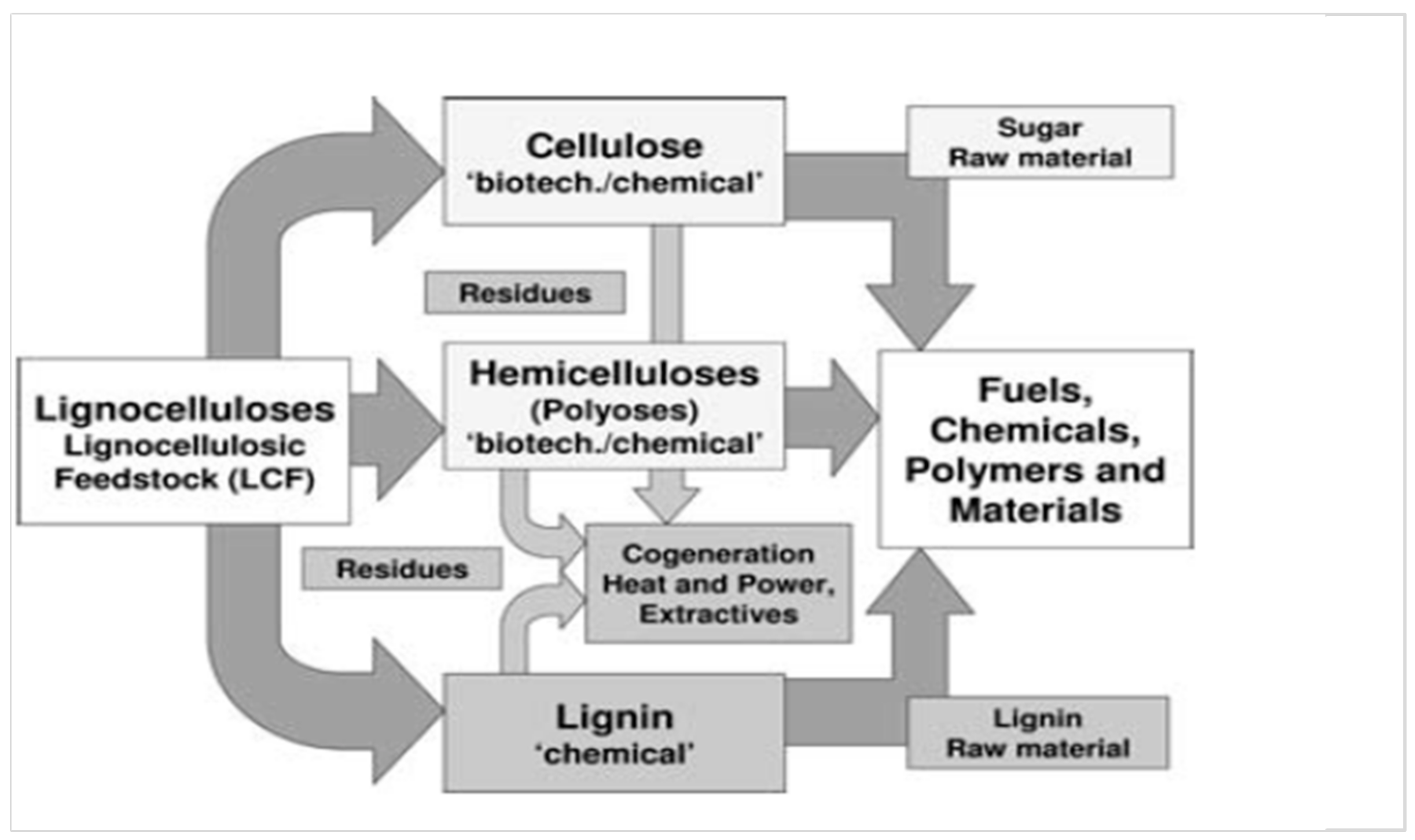
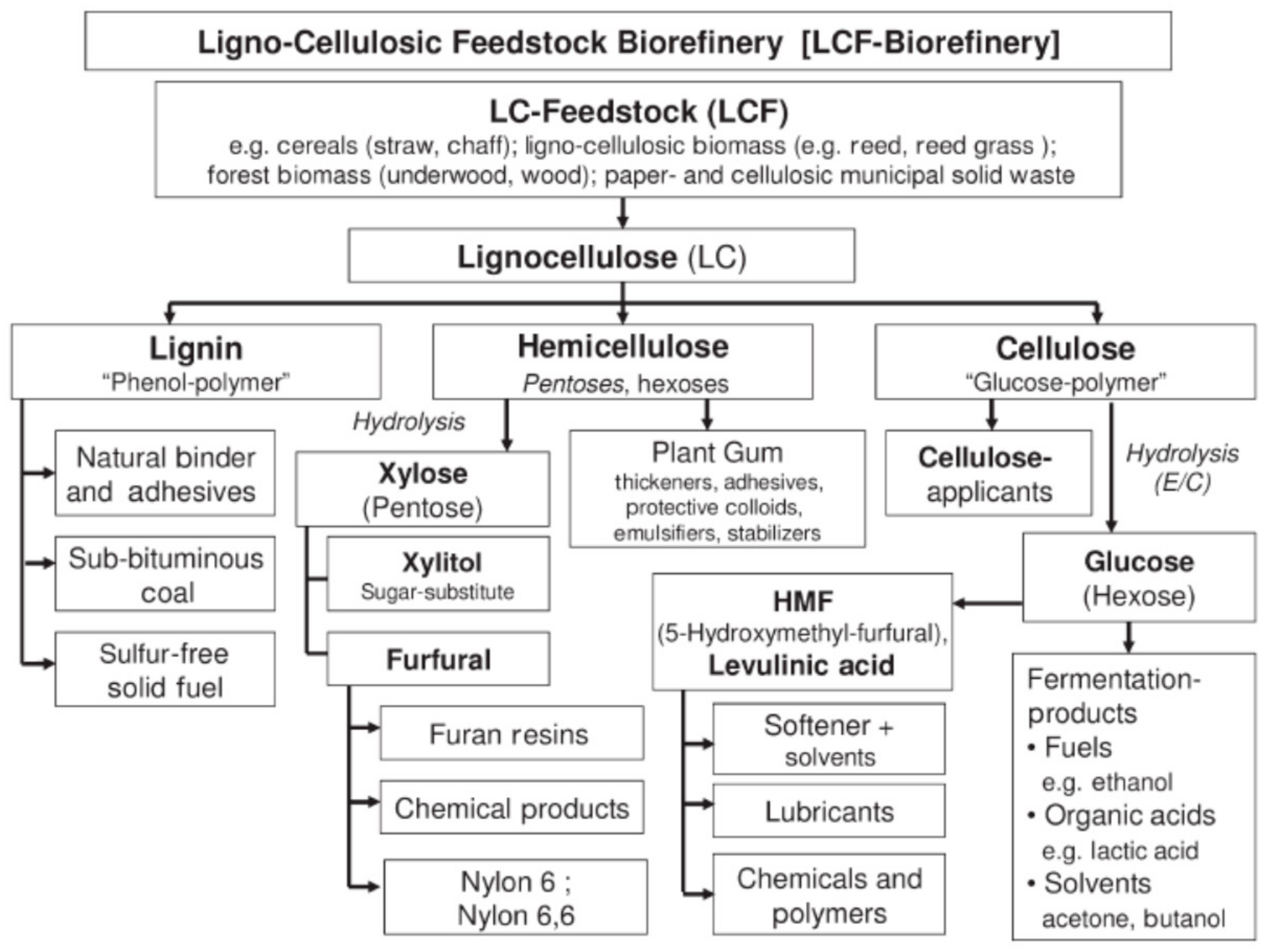

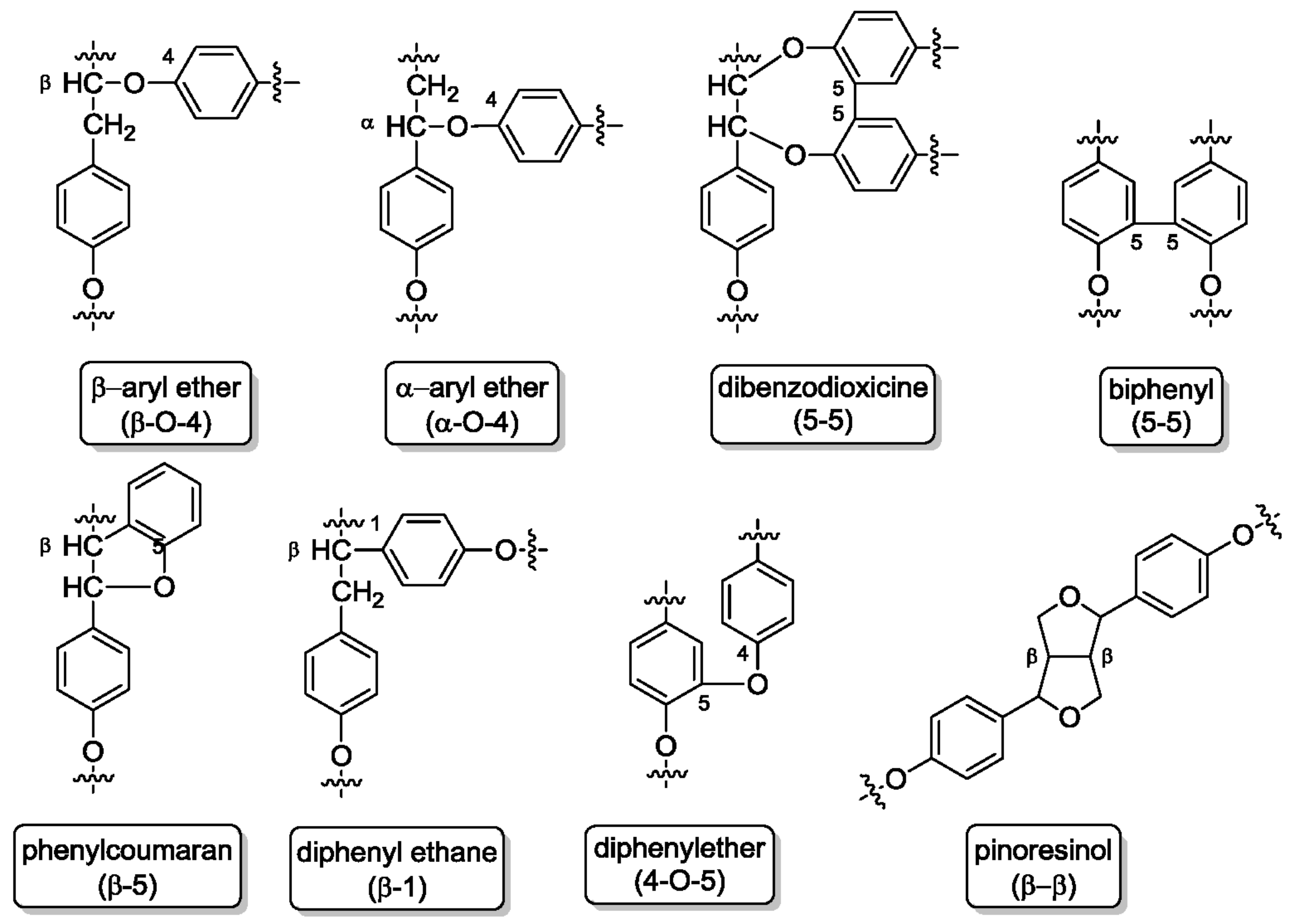
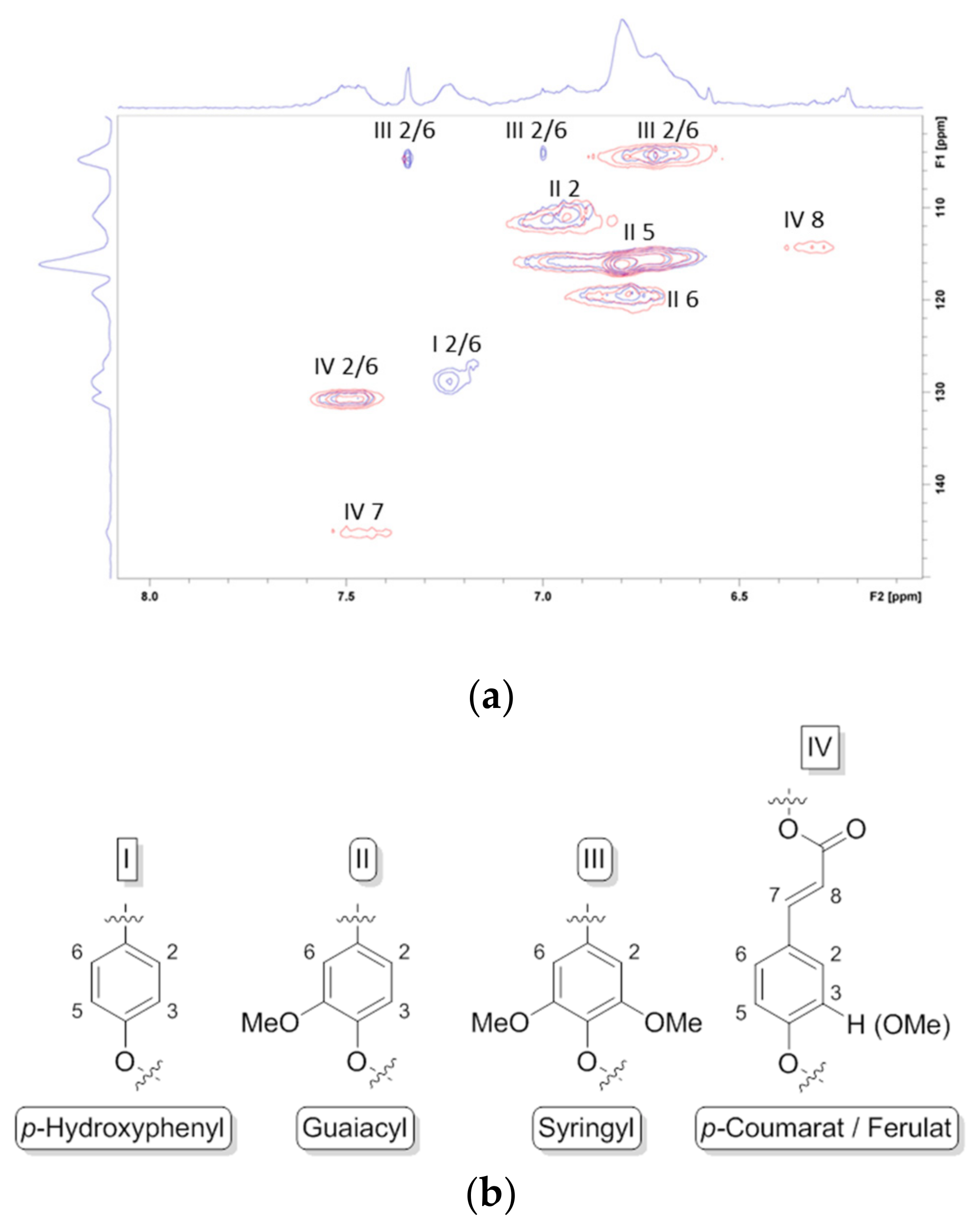


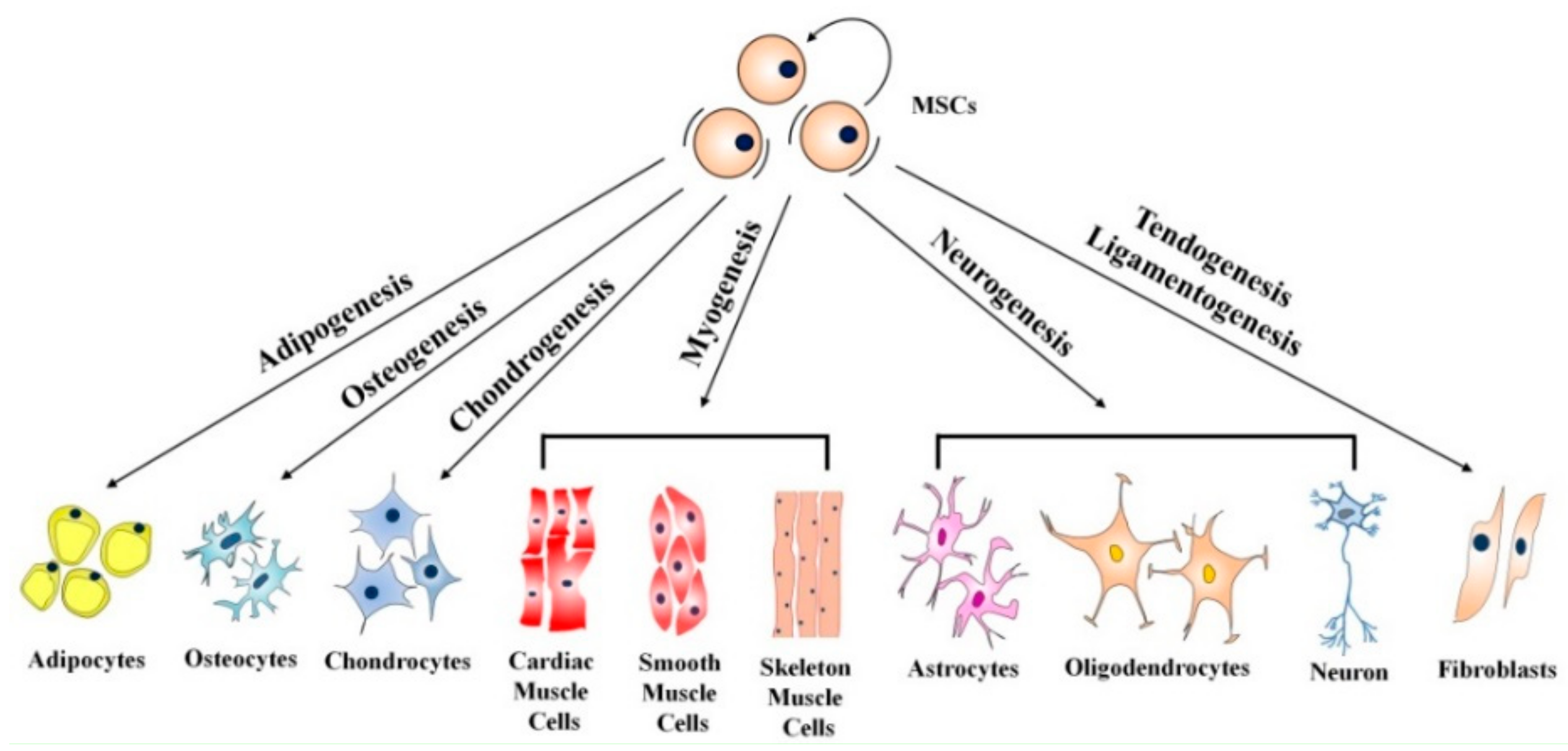
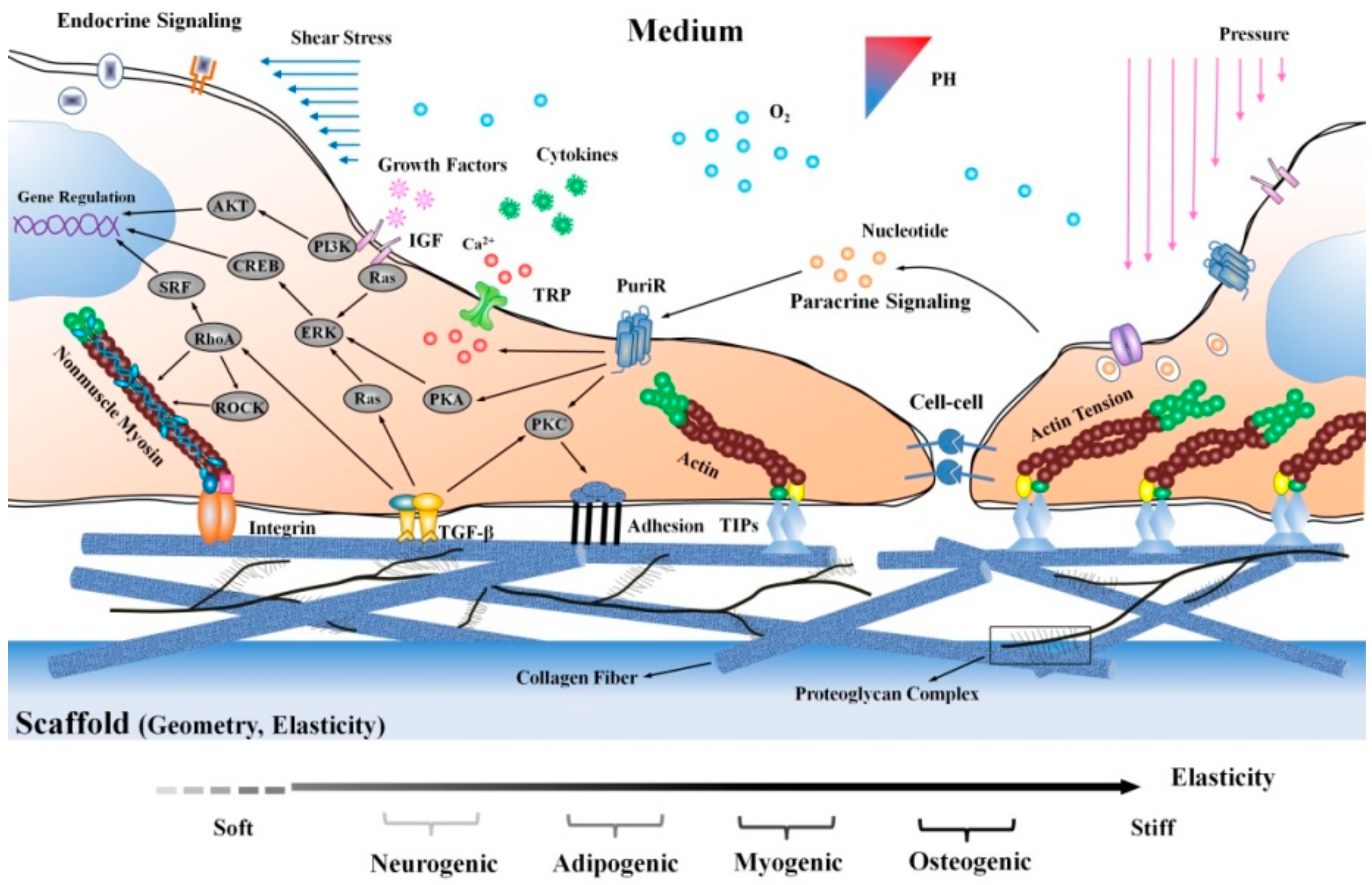
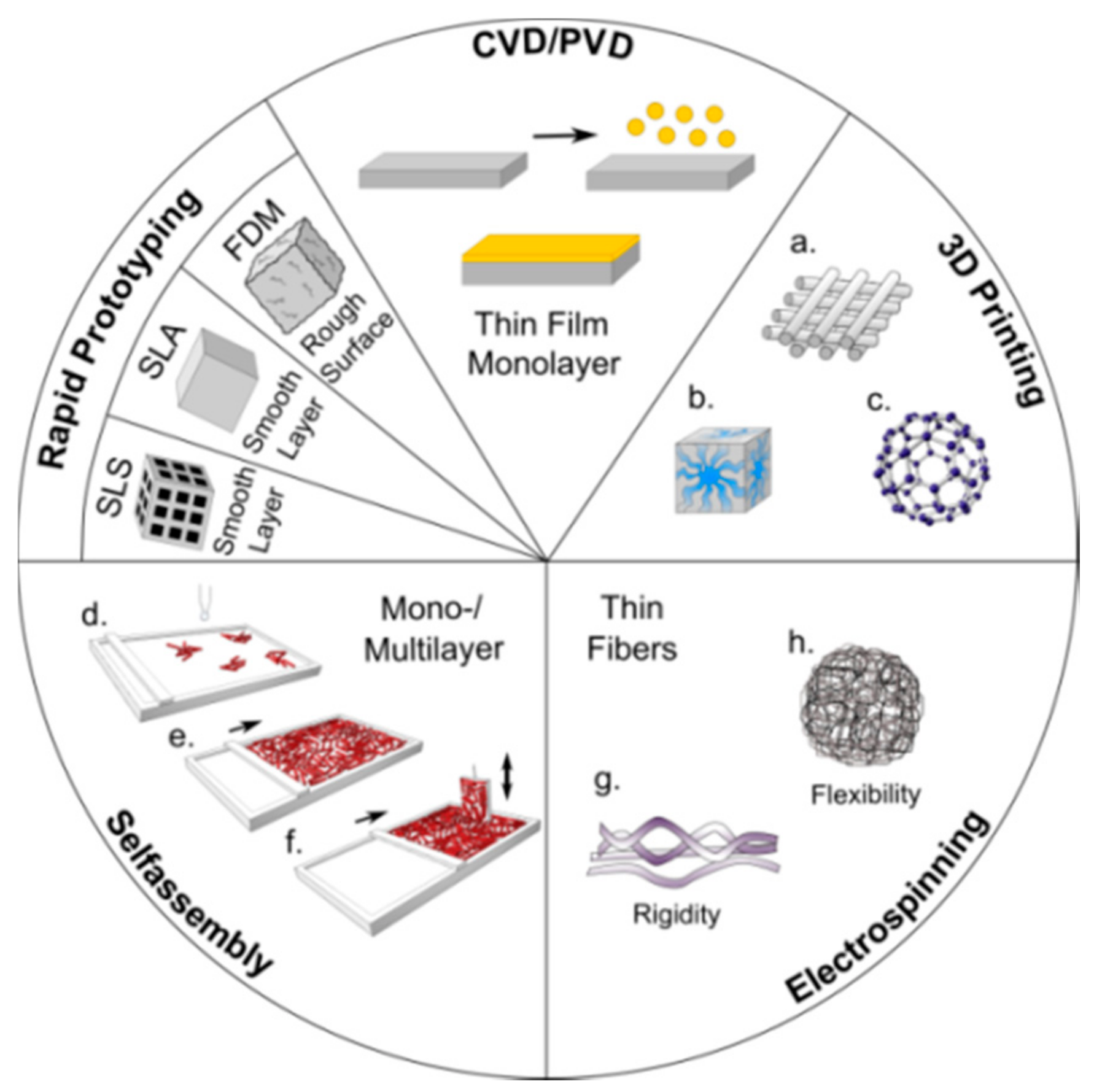
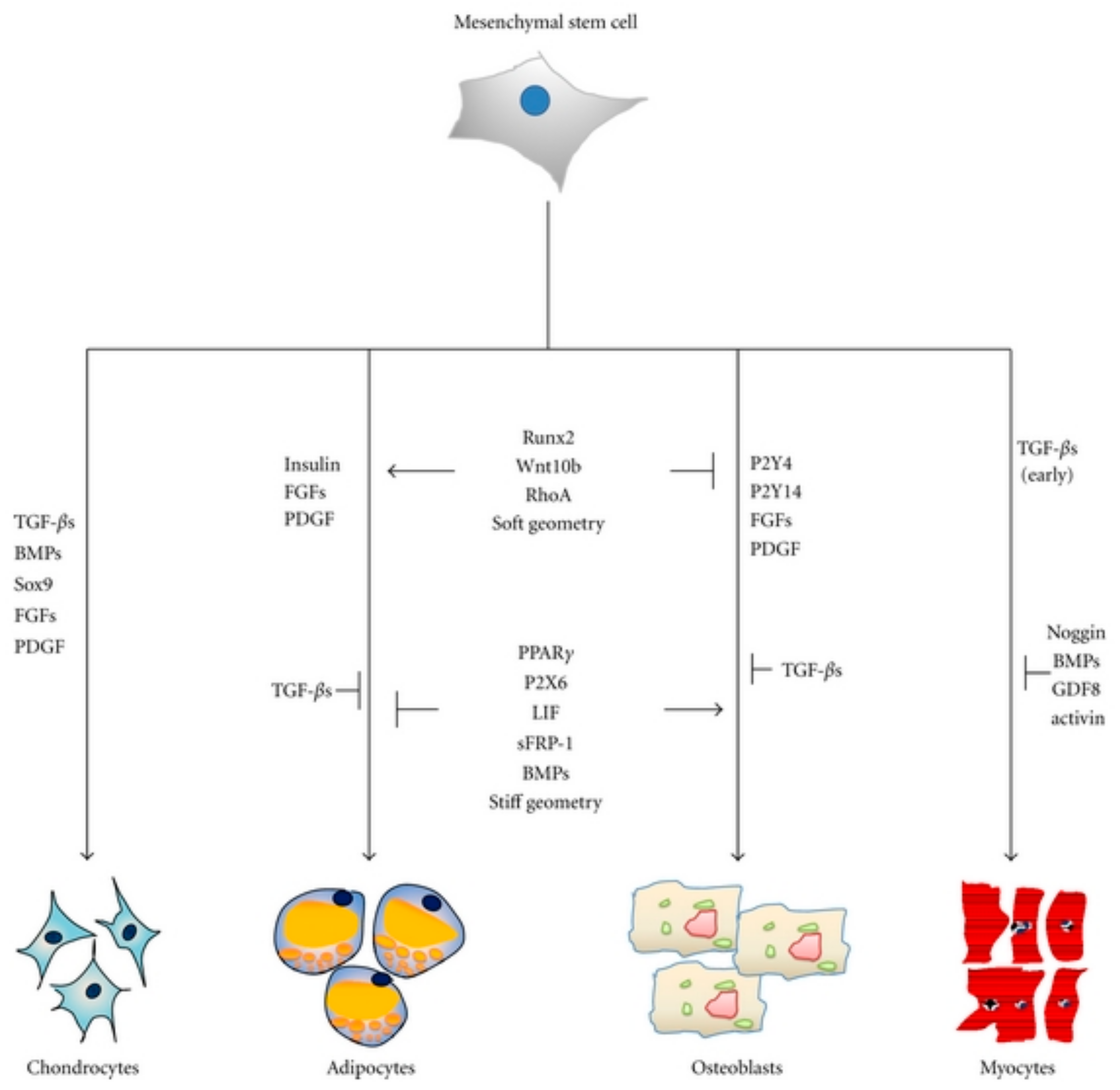
| Publication Years | “Lignin” | “Lignin and Drug Release” | “Lignin and Scaffolds” |
|---|---|---|---|
| 2014 | 2856 | 3 | 23 |
| 2015 | 3269 | 5 | 25 |
| 2016 | 3672 | 10 | 35 |
| 2017 | 3893 | 12 | 39 |
| 2018 | 1783 | 8 | 13 |
| Filing Year | “Lignin” | “Lignin and Drug Release” | “Lignin and Scaffolds” |
|---|---|---|---|
| 2014 | 5877 | 474 | 683 |
| 2015 | 5766 | 440 | 601 |
| 2016 | 5912 | 449 | 601 |
| 2017 | 5264 | 412 | 488 |
| 2018 | 1691 | 153 | 183 |
| Application | Matrix Type | Encapsulation Method and Active Ingredient | Results | References |
|---|---|---|---|---|
| drug release | lignin nanoparticles from Indulin AT | nanoparticle flash precipitation with subsequent silver ion infusion and polyelectrolyte coating | >95% release of silver ions in 24 h and antibacterial effect against E. coli, P. aeruginosa and Rastonia sp. | Richter et al. 2015 [63] |
| drug release | lignin nanoparticles from LignoBoostTM softwood Kraft lignin | incorporation of poorly water-soluble Sorafenib® and Benzazulene® during particle formation via polarity change | poorly water-soluble drugs are released upon degradation of the particles; the water-soluble drug could not be incorporated into the nanoparticle; low cytotoxic effects on cancer cell lines: MDA-MB-231, MCF-7, PC3-MM2, Caco-2 and non-tumor cells: KG1 and EA.hy926 endothelial cells | Figueiredo et al. 2017 [72] |
| drug release | lignin nanospheres from enzymatic hydrolysis lignin | no drug loading | lignin nanoparticles with tunable size can be produced via self-assembly | Xiong et al. 2017 [73] |
| drug release | lignin nanoparticles from alkaline lignin | incorporation of Resveratrol® during particle formation via polarity change | about 80% drug released into phosphate buffer saline (PBS) after 4 days | Dai et al. 2017 [74] |
| drug release | polyelectrolyte microparticles of quaternary ammonium lignin-sodium dodecyl benzenesulfonate (lignin from pine alkali lignin) | loading of hydrophobic Avermectine during particle precipitation | release of ~80% Avermectine into methanol:water (1:1) after 72 h; good UV protection of the drug (85% preserved after 96 h UV irradiation 30 W, 310 nm) | Li et al. 2018 [75] |
| drug release | lignin droplets in W/O Pickering emulsion coated with polyurea | loading of hydrophobic Avermectine in emulsion before droplet coating reaction | release of 85% of Avermectine into 4:1 ethanol:water after 72 h; lignin-polyurea coatings were more porous than pure polyuria layers, which showed a more sustained release; UV protection of lignin coatings was good (>75% preserved after 120 h irradiation 30 W, 310 nm) | Pang et al. 2018 [76] |
| drug release | montmorillonite/lignin-acrylamide-isopropyl acrylamide copolymer | adsorption of methylene blue from aqueous solution | effective removal of dyes from aqueous solutions over multiple sorption/desorption cycles | Wang et al. 2017 [77] |
| drug release | crosslinked cellulose-lignin hydrogels (steam expansion lignin, aspen wood) | swelling of gel in polyphenol solution | a higher lignin content leads to a faster drug release, up to 30% in 10 h | Ciolacu et al. 2012 [78] |
| antibacterial effect | lignin nanoparticles in polyethylene films (Björkman lignin from beech wood flour) | none | lignin particles exhibit antibacterial effect against E. coli and S. aureus in the same order of magnitude as other antibacterial agents such as bronopol and chlorohexidine | Gregorova et al. 2011 [80] |
| Aim | Matrix Type | Additional Ingredients | Results | References |
|---|---|---|---|---|
| osteoconductivity | heat-treated birch wood | none | heat treatment of wood increases osteoconductivity | Rekola et al. 2009 [91] |
| scaffold fabrication | alginate-lignin aerogel (lignin from wheat straw by enzymatic hydrolysis) | none | fluid uptake in Tris-HCl buffer of >1600%, good biocompatibility | Quraishi et al. 2015 [92] |
| scaffold fabrication | starch, lignin (from Kraft lignin) or hemicellulose | none | hydrogels produced by reactive extrusion show pH dependent swelling behavior (water uptake at pH 9: from 400 to 1400%); the amount of citric acid used as cross-linker also influences both swelling and degradation of the hydrogels. Additional catalysts used during extrusion slow down degradation | Farhat et al. 2017 [94] |
| scaffold fabrication | agarose-lignin composites (lignin from Kraft black liquor) | none | crosslinked agarose-lignin hydrogels exhibit enhanced mechanical properties compared to pure agarose gels | Techato et al. 2018 [95] |
| influencing mechanical properties | lignin-chitosan microfibers | none | improving mechanical properties of chitosan fibers by adding 3% lignin | Wang et al. 2016 [97] |
| influencing mechanical properties | poly(lactic acid) with lignin as filler (Kraft lignin) | none | lignin as filler does not decrease storage modulus, but inhibits PLA crystallization | Anwer et al. 2015 [98] |
| influencing mechanical properties | poly(lactic acid) with up to 15% lignin as filler (Organosolv lignin from birch wood and Kraft lignin from softwood) | none | higher lignin content leads to higher tensile strength, but also slightly decreased water sorption capacity. Organosolv lignin yields slightly better mechanical results; good biocompatibility against SaOS-2 cells regardless of lignin type | Tanase et al. 2018 [99] |
| influencing mechanical properties | lignin-based copolymer/polyester blend nanofibers (alkali lignin) | none | mechanical improvement dependent on polyester, good antioxidant activity and biocompatibility against NIH/3T3 fibroblasts | Kai et al. 2017 [100] |
| bioactive coating for implants | hydroxyapatite/lignin composite coatings on titanium (Organosolv lignin) | doping of silver for antimicrobial effect | HA coatings on Ti were non-cytotoxic to peripheral blood mononuclear cells; Ag-doped coatings showed antibacterial behavior against S. aureus | Erakovic et al. 2014 [101] |
© 2018 by the authors. Licensee MDPI, Basel, Switzerland. This article is an open access article distributed under the terms and conditions of the Creative Commons Attribution (CC BY) license (http://creativecommons.org/licenses/by/4.0/).
Share and Cite
Witzler, M.; Alzagameem, A.; Bergs, M.; Khaldi-Hansen, B.E.; Klein, S.E.; Hielscher, D.; Kamm, B.; Kreyenschmidt, J.; Tobiasch, E.; Schulze, M. Lignin-Derived Biomaterials for Drug Release and Tissue Engineering. Molecules 2018, 23, 1885. https://doi.org/10.3390/molecules23081885
Witzler M, Alzagameem A, Bergs M, Khaldi-Hansen BE, Klein SE, Hielscher D, Kamm B, Kreyenschmidt J, Tobiasch E, Schulze M. Lignin-Derived Biomaterials for Drug Release and Tissue Engineering. Molecules. 2018; 23(8):1885. https://doi.org/10.3390/molecules23081885
Chicago/Turabian StyleWitzler, Markus, Abla Alzagameem, Michel Bergs, Basma El Khaldi-Hansen, Stephanie E. Klein, Dorothee Hielscher, Birgit Kamm, Judith Kreyenschmidt, Edda Tobiasch, and Margit Schulze. 2018. "Lignin-Derived Biomaterials for Drug Release and Tissue Engineering" Molecules 23, no. 8: 1885. https://doi.org/10.3390/molecules23081885






